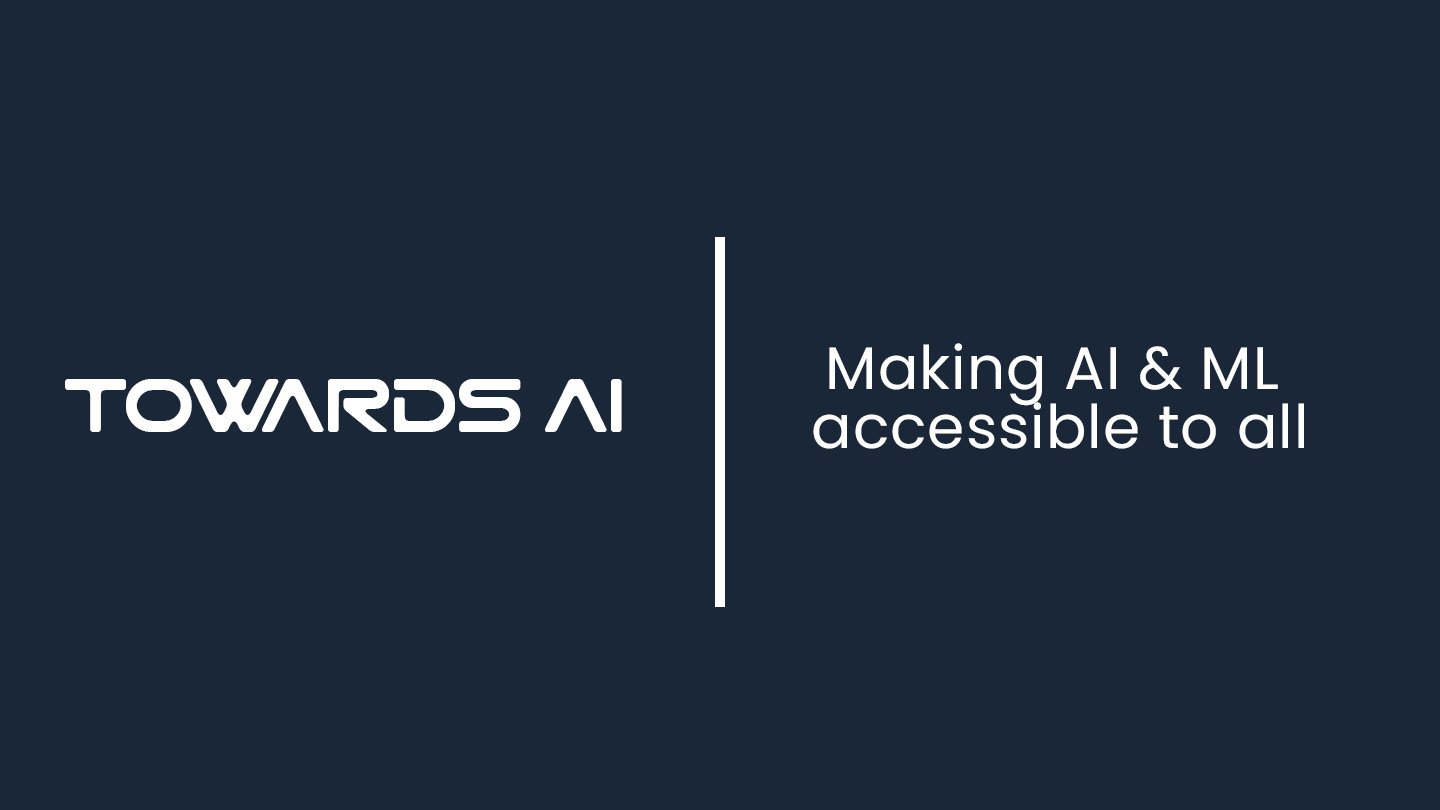Understanding AI's Learning Process: Towards Responsible Development And Deployment

Table of Contents
Types of Machine Learning: The Foundation of AI Learning
AI's ability to "learn" stems from various machine learning techniques. These techniques allow AI systems to improve their performance on specific tasks without explicit programming. Let's explore the fundamental types:
Supervised Learning
Supervised learning involves training an AI model on a labeled dataset, where each data point is tagged with the correct answer. The model learns to map inputs to outputs based on this labeled data. Examples include image recognition (labeling images as "cat" or "dog") and spam filtering (classifying emails as "spam" or "not spam").
- Labeled Datasets: The accuracy of supervised learning heavily relies on the quality and representativeness of the labeled datasets. Inaccurate or biased labels can lead to flawed AI models.
- Algorithms: Common algorithms used in supervised learning include linear regression, support vector machines (SVMs), and decision trees. The choice of algorithm depends on the specific task and the nature of the data.
- Advantages: High accuracy on well-defined tasks, relatively easy to understand and implement.
- Disadvantages: Requires large amounts of labeled data, can be computationally expensive for complex tasks, and struggles with unseen data types.
Unsupervised Learning
Unsupervised learning, in contrast, uses unlabeled datasets. The AI model aims to discover hidden patterns, structures, and relationships within the data without explicit guidance. Examples include customer segmentation (grouping customers based on their purchasing behavior) and anomaly detection (identifying unusual events or data points).
- Unlabeled Datasets: The focus is on identifying patterns and structures inherent in the data itself.
- Algorithms: Popular unsupervised learning algorithms include clustering (like k-means), which groups similar data points together, and dimensionality reduction (like Principal Component Analysis or PCA), which reduces the number of variables while preserving essential information.
- Advantages: Can handle large datasets, reveals hidden patterns and structures, useful for exploratory data analysis.
- Disadvantages: Results can be difficult to interpret, may require significant computational resources, and the quality of the results can be hard to evaluate.
Reinforcement Learning
Reinforcement learning focuses on training an AI agent to interact with an environment and learn optimal behaviors through trial and error. The agent receives rewards for desirable actions and penalties for undesirable ones. Examples include game playing (like AlphaGo) and robotics (controlling robots in complex environments).
- Agent-Environment Interaction: The learning process involves continuous interaction between the agent and its environment.
- Reward Systems: The design of the reward system is crucial for shaping the agent's behavior. Poorly designed reward systems can lead to unintended consequences.
- Algorithms: Q-learning and deep Q-networks (DQNs) are popular reinforcement learning algorithms.
- Advantages: Can learn complex behaviors, adaptable to dynamic environments, effective in situations with incomplete information.
- Disadvantages: Can be computationally expensive, requires careful design of reward systems, and can be challenging to train.
Data Bias and its Impact on AI Learning Outcomes
A significant challenge in AI development is data bias. Bias in training data can lead to AI systems that perpetuate and even amplify existing societal inequalities.
Sources of Bias in Training Data
Bias can originate from various sources:
- Historical Data: Data reflecting historical biases and discrimination can lead to AI systems that replicate these biases.
- Societal Biases: Implicit biases present in society can unintentionally creep into data collection and labeling processes.
- Sampling Bias: Non-representative datasets can lead to AI models that perform poorly or unfairly for certain groups.
- Measurement Bias: The way data is measured can introduce bias, leading to skewed results.
Consequences of biased datasets include unfair loan applications denials, inaccurate facial recognition systems, and biased hiring practices.
- Techniques for Detecting and Mitigating Bias: Techniques for detecting bias include statistical analysis, fairness metrics, and adversarial testing. Mitigating bias involves careful data preprocessing, algorithmic adjustments, and rigorous testing.
Mitigating Bias in AI Systems
Addressing data bias requires a multi-pronged approach:
-
Data Preprocessing: Techniques like data augmentation, re-weighting, and data cleaning can help to mitigate bias.
-
Algorithm Selection: Choosing algorithms less susceptible to bias is crucial.
-
Diverse and Representative Datasets: Ensuring that training data is diverse and representative of the population is essential.
-
Fairness-Aware Algorithms: Developing algorithms that explicitly incorporate fairness constraints can help to minimize bias.
-
Explainable AI (XAI): XAI techniques make it easier to understand how AI systems make decisions, enabling the identification and correction of biases.
-
Challenges in Addressing Data Bias: Completely eliminating bias is extremely challenging, and ongoing research is needed to develop more effective methods.
Ethical Considerations in AI Development and Deployment
The development and deployment of AI systems raise several ethical considerations that must be addressed proactively.
Transparency and Explainability
Understanding how AI systems arrive at their decisions is crucial for building trust and accountability.
- Explainable AI (XAI): XAI aims to make the decision-making processes of AI models more transparent and understandable.
- Techniques for Increasing Transparency: Techniques such as visualizing decision boundaries, generating explanations for individual predictions, and using simpler models can improve transparency.
- Challenges in Achieving Transparency: Achieving full transparency in complex AI models remains a significant challenge.
Accountability and Responsibility
Determining who is responsible for the actions and outcomes of AI systems is crucial.
- Clear Guidelines and Regulations: Establishing clear guidelines and regulations for AI development and deployment is essential.
- Auditing AI Systems: Regularly auditing AI systems for bias and fairness is vital to ensure responsible use.
- Potential Legal and Ethical Implications: The deployment of AI systems raises complex legal and ethical questions that need careful consideration.
The Future of Responsible AI Development
The future of AI hinges on responsible development practices. This includes:
-
Federated Learning: This approach allows AI models to be trained on decentralized datasets, preserving privacy while improving accuracy.
-
Differential Privacy: This technique adds noise to data to protect individual privacy while preserving the usefulness of the data for AI training.
-
Collaboration: Collaboration between researchers, developers, policymakers, and the public is essential for shaping responsible AI policies.
-
Education and Awareness: Increasing public awareness about AI ethics is crucial.
-
Key Steps Towards Fostering a Future where AI Benefits All of Humanity: Prioritizing ethical considerations, fostering transparency, and ensuring accountability are essential steps towards ensuring that AI benefits all of humanity.
Conclusion: Understanding AI's Learning Process – A Path Towards Responsible Innovation
Understanding AI's learning process is not merely a technical challenge; it's a societal imperative. This article highlighted the different types of machine learning, the pervasive issue of data bias, and the crucial ethical considerations necessary for responsible AI development and deployment. By actively engaging with the challenges surrounding AI's learning process and prioritizing ethical considerations, we can pave the way for a future where artificial intelligence benefits all of humanity. Continue learning about responsible AI development and contribute to the conversation today!

Featured Posts
-
 Tuesday March 11th Full Orange County Sports Scores And Player Stats
May 31, 2025
Tuesday March 11th Full Orange County Sports Scores And Player Stats
May 31, 2025 -
 Upcoming Press Conference Trump And Musk To Meet Friday In The Oval Office
May 31, 2025
Upcoming Press Conference Trump And Musk To Meet Friday In The Oval Office
May 31, 2025 -
 Zverevs Semifinal Push At The Munich Bmw Open
May 31, 2025
Zverevs Semifinal Push At The Munich Bmw Open
May 31, 2025 -
 Stream The Giro D Italia Online Free And Legal Options
May 31, 2025
Stream The Giro D Italia Online Free And Legal Options
May 31, 2025 -
 French Far Left And The Islamophobia Debate The Case Of The Slain Muslim Man
May 31, 2025
French Far Left And The Islamophobia Debate The Case Of The Slain Muslim Man
May 31, 2025
